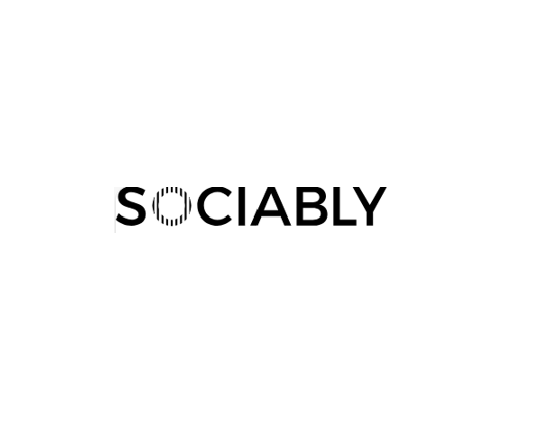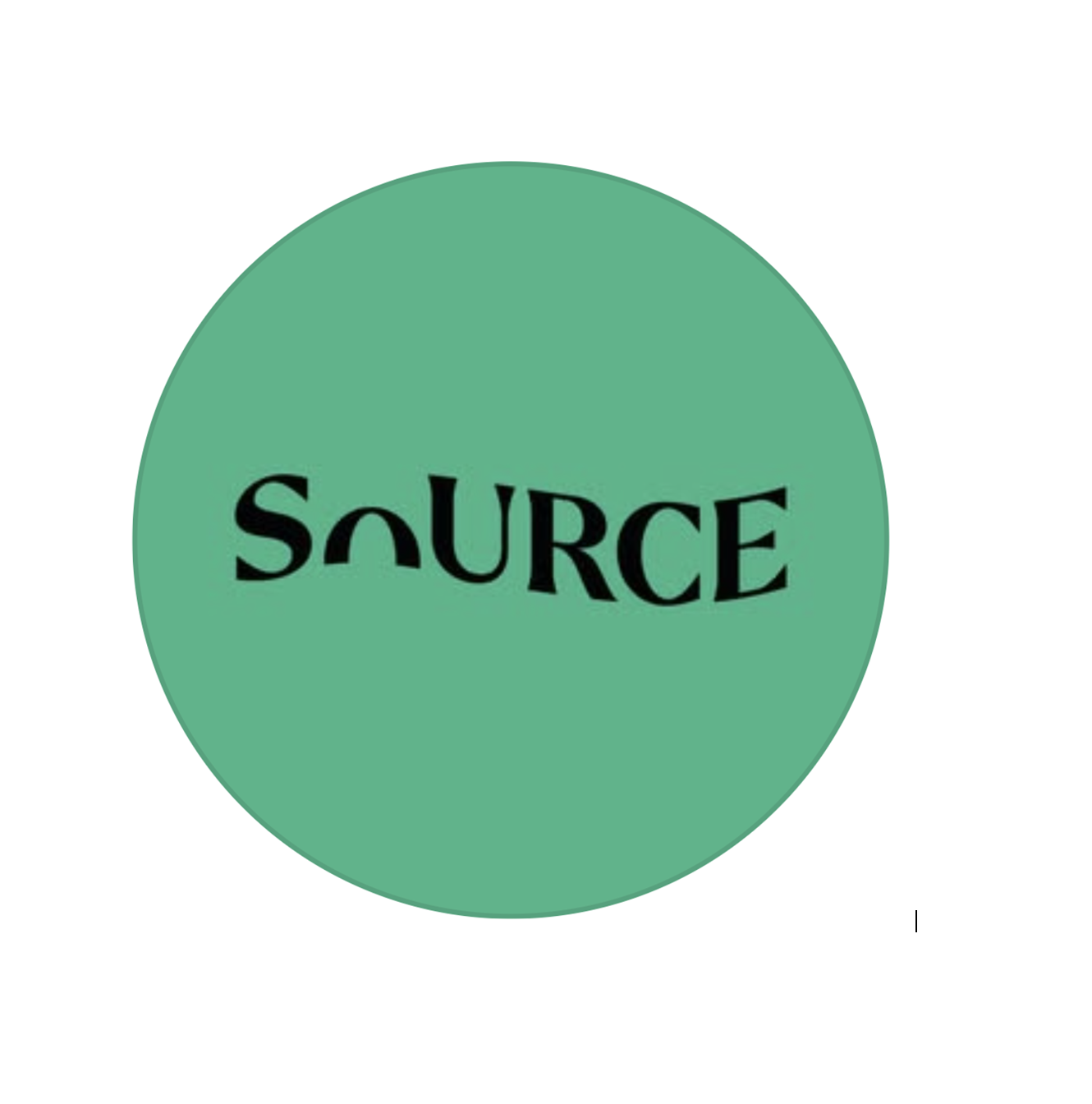Some of our happy clients
For more information on how we have supported our clients and how we can support you, please contact us.

Marketing Agency
Organisational Carbon Footprint

Food Brand
Carbon Reduction Pathway

Shoe Manufacturer
Product Carbon Footprint
Sociably
Case Study: Sociably’s Organisational Carbon Footprint Assessment
Background
Sociably is a cutting-edge digital marketing agency that thrives on innovation and creativity. With an increasing focus on sustainability across industries, they recognised that understanding their own carbon footprint wasn’t just about responsibility—it was about staying ahead. They wanted a clear, data-backed view of their environmental impact, ensuring they were making informed decisions for a more sustainable future.
Why Sociably Wanted to Measure Their Carbon Footprint
The team at Sociably knew that a sustainability strategy without hard numbers was just guesswork. They undertook this Organisational Carbon Footprint because:
- They wanted real insight. Without a footprint measurement, it’s impossible to know where the biggest environmental impacts lie.
- Clients and partners are paying attention. Businesses are increasingly expected to demonstrate their sustainability credentials, and Sociably wanted to lead by example.
- Future-proofing the business. With reporting regulations evolving, having a strong grasp of their emissions now puts them in a proactive rather than reactive position.
How We Assessed Their Carbon Footprint
This wasn’t just about running a few numbers; it was a detailed analysis of how Sociably operates:
- Energy Use in the Office – We looked at power consumption for lighting, heating, and IT infrastructure.
- Digital Operations – A deep dive into the carbon impact of cloud storage, website hosting, and the platforms they use daily.
- Employee Work Patterns – From commuting habits to remote working, we assessed the impact of their team’s day-to-day activities.
- Business Travel & Client Meetings – The footprint of flights, train journeys, and other travel was carefully calculated.
Findings & Next Steps
- A Clear Carbon Baseline – The assessment gave Sociably a precise breakdown of their emissions, highlighting key areas for reduction.
- A Greener Digital Footprint – Simple changes, like switching to a more sustainable cloud provider, could significantly cut emissions.
- Workplace Adjustments – Encouraging energy-efficient behaviours in the office and refining their remote work strategy were identified as practical, impactful steps.
- Smarter Travel Policies – With conscious planning, the company could reduce travel emissions without compromising client relationships.
Sociably isn’t about half measures; they now have the data to make sustainability a meaningful part of their business. With a strong foundation in place, they are already taking steps to shrink their footprint and future-proof their operations.
Want to learn how AccountCarbon can support with your Organisational Carbon Footprint, reach out here to speak to one of our expert carbon consultants.
Source
Case Study: Source Food’s Carbon Reduction Strategy
Background
Source Food is reshaping how businesses think about food supply—championing fresh, high-quality ingredients while maintaining a strong commitment to sustainability. They knew that simply measuring their carbon footprint wasn’t enough. They wanted a plan—a real, actionable strategy to cut emissions across their operations while continuing to deliver top-tier food to their clients.
Why Source Food Wanted a Carbon Reduction Strategy
Sustainability in the food industry isn’t just about good intentions; it’s about real impact. Source Food embarked on this journey because:
- Their supply chain is complex. From farm to kitchen, every step has an environmental cost, and they wanted to understand where real reductions could be made.
- Clients expect more. Businesses working with Source Food increasingly want to see tangible efforts toward carbon reduction, not just words.
- Efficiency equals sustainability. Cutting emissions often means cutting waste and costs, making operations leaner and smarter.
How We Built Their Carbon Reduction Strategy
Rather than chasing vague sustainability goals, we created a clear, measurable plan:
- Supply Chain Optimisation – We identified high-emission areas in sourcing and transportation, working with suppliers to prioritise local and lower-impact ingredients.
- Energy Use in Kitchens & Warehouses – We assessed refrigeration, cooking methods, and logistics to reduce unnecessary energy consumption.
- Food Waste Reduction – By fine-tuning inventory management and portion planning, Source Food could cut down on waste, which has a significant carbon impact.
- Smarter Logistics & Distribution – Delivery routes were re-evaluated to lower transport emissions while maintaining efficiency.
- Staff Engagement & Training – A reduction strategy only works if the team is on board, so we built sustainability into daily operations.
Results & Next Steps
- A Roadmap, Not Just a Report – Source Food now has clear, measurable targets with deadlines and accountability.
- Immediate Carbon Savings – Adjustments to sourcing and logistics alone have already resulted in a meaningful emissions reduction.
- Bigger Picture Thinking – The company is now exploring partnerships with regenerative farms and lower-impact packaging solutions.
- Sustainability as a Selling Point – Their strategy isn’t just good for the planet—it’s helping them stand out in an increasingly conscious market.
Source Food doesn’t just talk about sustainability; they act on it. With this strategy in place, they’re making sure their environmental impact shrinks while their reputation for responsible, high-quality food continues to grow.
To learn how a carbon reduction strategy and net zero pathway can help your organisation reach out here to speak to one of our carbon consultants.
Arthur Sleep
Case Study: Arthur Sleep’s Product Carbon Footprint Assessment
Background
Arthur Sleep is redefining luxury footwear, crafting bespoke shoes in London with an emphasis on heritage craftsmanship and modern elegance. As part of their commitment to sustainability, they wanted to understand the environmental impact of their products—right down to the materials, production processes, and logistics that bring their finely made shoes to life.
Why Arthur Sleep Wanted a Product Carbon Footprint
Sustainability is no longer an optional extra in the fashion industry—it’s an expectation. Arthur Sleep embarked on this footprint assessment because:
- They believe craftsmanship should be responsible. Understanding the carbon impact of their handmade shoes allows them to make meaningful improvements without compromising on quality.
- Customers are asking smarter questions. More high-end buyers want to know where their products come from and what their environmental impact is.
- They are future-proofing their business. As regulations around carbon reporting tighten, knowing their numbers now puts them ahead of the curve.
How We Measured Their Product’s Carbon Footprint
Arthur Sleep’s footprint assessment wasn’t a tick-box exercise—it was a deep dive into the journey of a single pair of shoes:
- Material Sourcing – We examined the impact of leather, linings, and soles, tracing their origins and the emissions from production.
- Manufacturing Emissions – Since their shoes are made in London, we calculated the energy used in their workshop, from cutting and stitching to finishing.
- Packaging & Logistics – The carbon cost of packaging materials and shipping, whether to customers in the UK or internationally, was analyzed.
- End-of-Life Considerations – Unlike fast fashion, Arthur Sleep’s shoes are built to last. We factored in durability and repairability, which significantly lowers lifetime emissions.
Findings & Next Steps
- Precise Carbon Data – The assessment provided an exact carbon footprint per pair of shoes, allowing Arthur Sleep to benchmark against industry standards.
- Material Choices Matter – Leather sourcing had a substantial impact, prompting discussions about lower-impact tanning methods and alternative materials.
- Smart Logistics Reduce Emissions – Adjustments to packaging weight and optimised shipping routes were identified as simple ways to lower emissions.
- A Circular Future – The brand is exploring a shoe refurbishment service, extending product life and reducing waste.
For Arthur Sleep, sustainability is about doing things properly, not just making green claims. This assessment has given them the clarity to refine their processes and make informed choices—without compromising on craftsmanship, quality, or style.
To understand how AccountCarbon can support you with you companies Product Carbon Footprint, reach out here and speak to an expert in carbon footprinting today.
